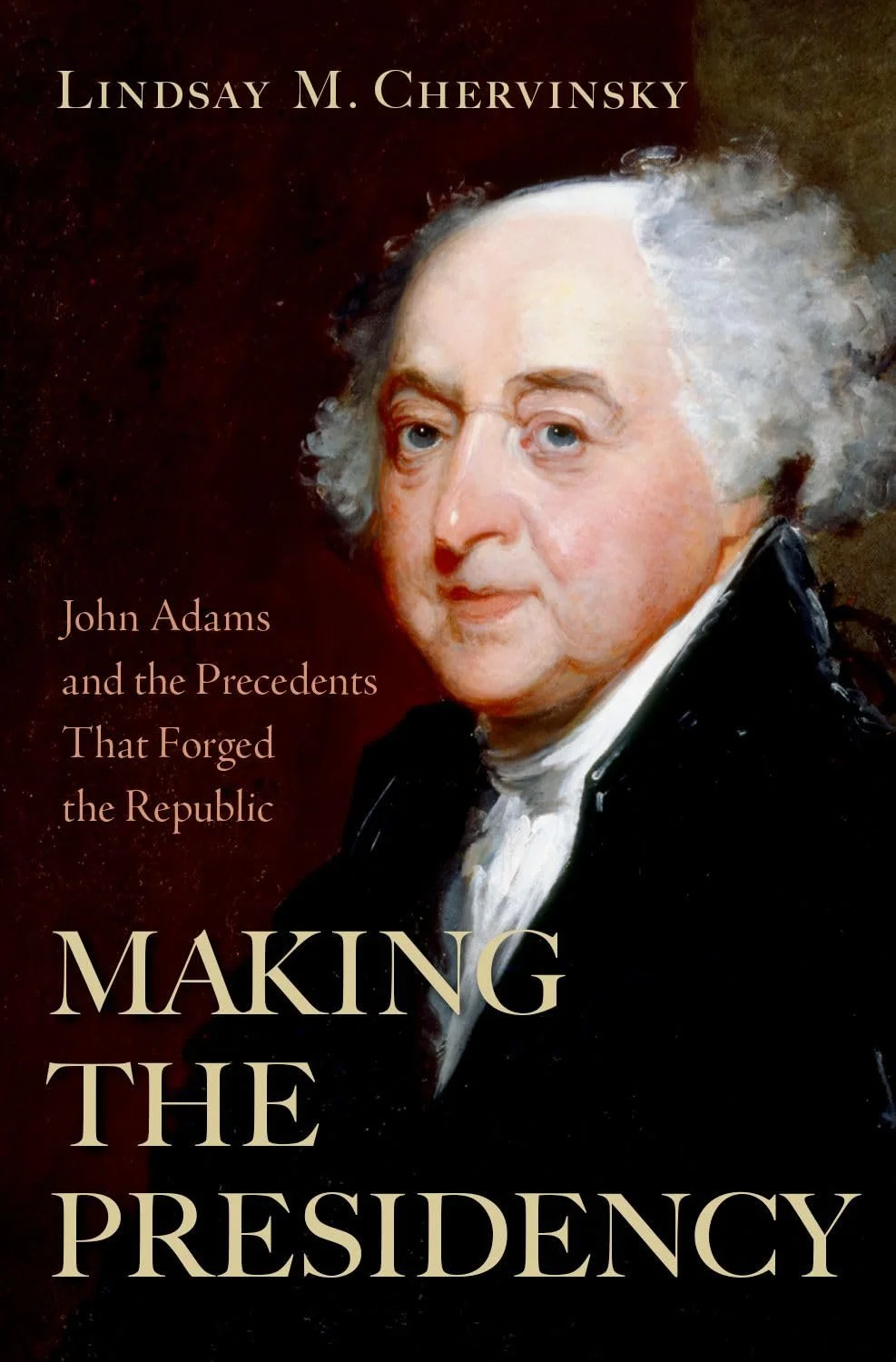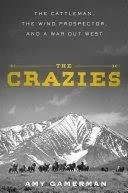Q & A: Talking About John Adams, Who Deserves More Credit for the American Presidency
/Historians understandably give George Washington much of the credit for defining the contours of the American presidency. In her new book Making the Presidency: John Adams and the Precedents that Forged the Republic, Lindsay Chervinsky shifts the focus to the nation’s second president. The years when he led the country were full of conflict and uncertainty, and Adams brilliantly charted a path that helped to establish the United States, and the American presidency, as we now know them. Chervinsky’s new book builds on her award-winning history The Cabinet: George Washington and the Creation of an American Institution. Chervinsky, who is executive director of the George Washington Presidential Library, spoke with The National about her latest work.
Q. One of the things that your fine book about John Adams poses is what can be learned from the first transfer of executive power in U.S. history, from George Washington to John Adams. And then from Adams to his rival Thomas Jefferson. You write that the "Adams presidency was bookended by the first two peaceful transfers of power..."there was no tradition of peaceful transition; it had to be crafted from scratch." What can be learned?
The first transition demonstrates the intentionality required to make transitions work. It requires the good will and participation of both parties, as well as the buy-in of onlookers and fellow citizens. In history books, the transition of 1796-1797 is often overshadowed by the election four years later, but at the time they did not know what would come next. Their wonder, awe, and appreciation for the successful peaceful transfer of power reminds us of its rarity and preciousness.
In 1800, the country faced a constitutional crisis that threatened to devolve into policy violence and anarchy. Military valor or unparalleled genius were not the solution. Instead, the republic survived because of small acts of civic virtue, which I define as putting the Constitution above their own personal or political interests. This lesson is an important one. As we face future constitutional crises, we don’t need once-in-a-generation talents, we just need leaders to do the right thing.
Q: "John Adams was an experienced diplomat and a thoughtful constitutional thinker," you note, but also "irascible, stubborn, quixotic" So how was he the right man for the moment?
Whoever came after George Washington was going to have a terrible time. Anyone else would pale in comparison to his lofty stature and fail to match up in the eyes of the American people. Adams knew it but was stubborn and took on the task anyway. Furthermore, he faced increasing divisions within his party and his cabinet over military and foreign policy. At a crucial moment in 1799, Adams pursued peace for the good of the country, knowing it would likely make him unpopular in his own party. That action required political courage and the type of personality who relished unpopularity if it meant doing what was right—qualities Adams had in spades.
Q: You also present a vivid portrait of Abigail Adams. You recognize her literary flair and the savvy counsel she provided her husband. How do you see that she influenced on her husband?
She was a brilliant judge of character. Abigail accurately assessed the political scene and almost always gave good advice. She knew him inside and out and both buoyed his spirits when he felt low and poked fun when he was feeling himself a little too much. Abigail also managed everything in their life (their farm, their home, their staff, social events, etc.), which freed him to focus on work. As a result, I believe Abigail gave John a deep-rooted sense of confidence which remained unshaken even when tested by the most virulent political forces. If he had Abigail on his side as his “cabinet of one,” he didn’t need anyone else.
Q: As you explain it, George Washington created the presidency, but John Adams defined it. How did Adams forge those parameters of the presidency?
After writing my first book, The Cabinet: George Washington and the Creation of an American Institution, I was curious about happened next. How did this creation of Washington’s, and the presidency more broadly, work for the people that came after him? How did his practices turn into precedents? If Adams had adopted a different path, then many of Washington’s examples would be remembered as historic anomalies. As I began to answer those questions, I realized the second administration had as much influence on the history of the executive branch as the first. Adams determined which of Washington’s choices were repeated and thus became precedents. He explored whether the powers, trappings, and privileges of office would work for anyone other than Washington. Adams shaped the executive branch for everyone else.
Q: Did Adams establish norms that are sustained today? Or any that are rejected?
Adams contributed three essential precedents. First, he was instrumental in crafting the peaceful transfer of power. Second, he affirmed the president’s control over foreign policy. Third, Adams defended the president’s power over the executive branch, including the critical power to remove executive department secretaries at will.
Q: This conversation has focused on Adams, and I know your book is not a biography of John Adams but rather an exploration through his presidency of the structure and responsibilities of the Executive branch.
Biographies are wonderful, but they simply can’t cover all the details of a life as well-lived as Adams’s in one volume. Most biographers give relatively few pages to Adams’s presidency. It was so much more than just four years in his life, but really shaped the future of the institution. If our current world has taught us anything, it is the centrality of the presidency in our day-to-day life. While the executive wasn’t always this powerful, the person at the center of it has always left a lasting mark on the office and the nation. It’s not just an institution, but rather a reflection of the personality, with all its quirks, strengths, and grudges.
Q: You've written extensively about the idea of the Presidential cabinet. What would Adams think about how the Cabinet has evolved to the present?
On one hand, he would be delighted that his precedents establishing and defending executive authority had crystallized and endured. He believed the president had to be supreme over the executive branch or it wouldn’t work. On the other hand, he would also recognize that the expanded size of the cabinet reduced its efficacy as an advisory body, and the president would likely need to form smaller groups or seek individual advisors for support and guidance.
Q: You write that "These norms and customs largely held firm until January 6, 2021, when Americans were reminded of the preciousness and fragility of republics."
The peaceful transfer of power was about as sacred of a norm as we had. It was bipartisan and nearly untouchable. Even in 1860, on the eve of the Civil War, southerners didn’t interfere with Abraham Lincoln’s inauguration—they tried to secede. Because the precedent was so ironclad, January 6 caught most Americans by surprise because they thought it could not happen here. And it fundamentally changed how I saw the presidency and examined Adams’s presidency. It also explains why my approach to Adams’s administration is different than so many biographies that treat his presidency as the low point of his public service career. Other historians hadn’t seen January 6 yet and perhaps weren’t looking for the origins of the peaceful transfer of power.
Q: Quick last question: Washington or Adams?
Respect Washington, love Adams.










